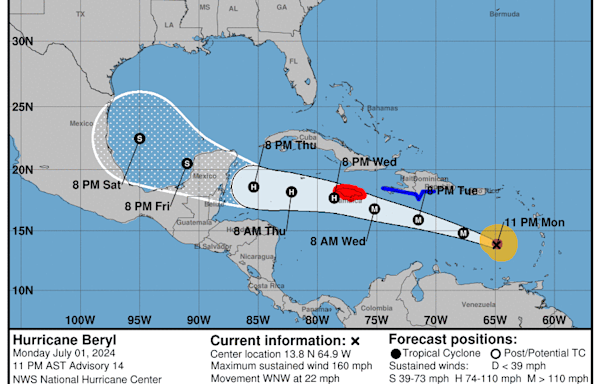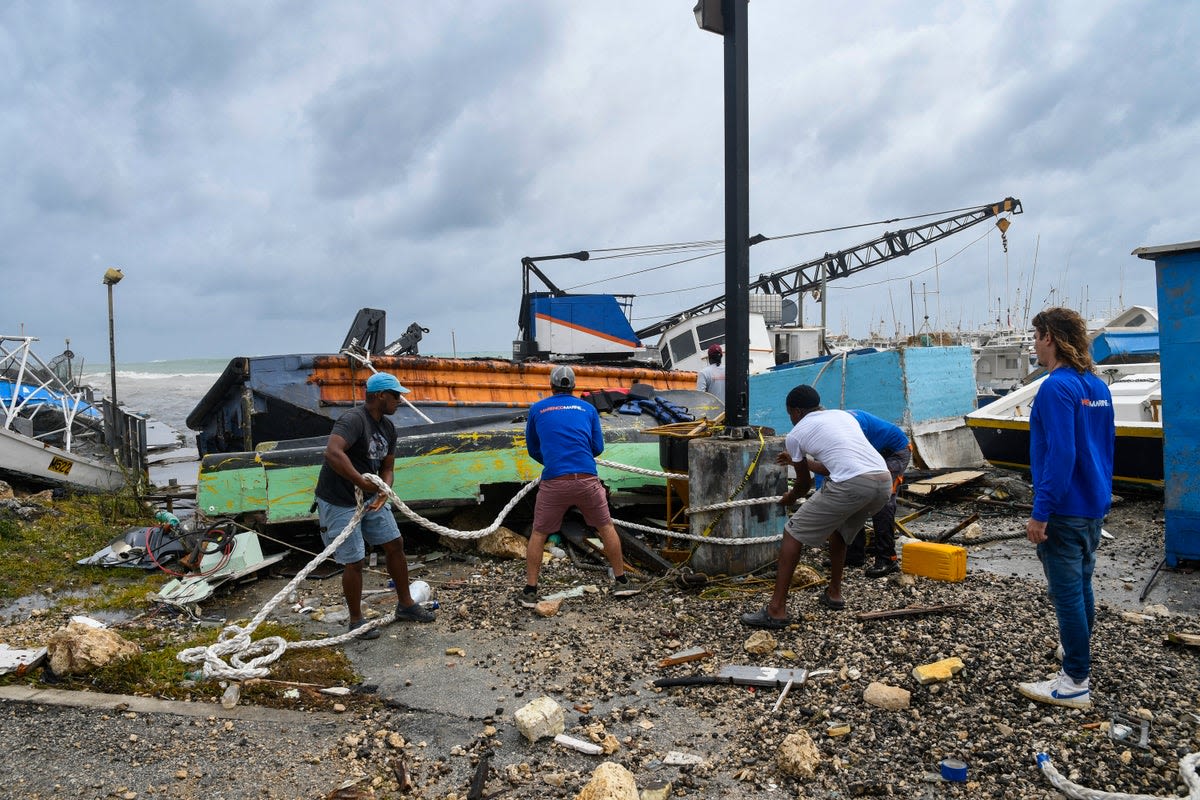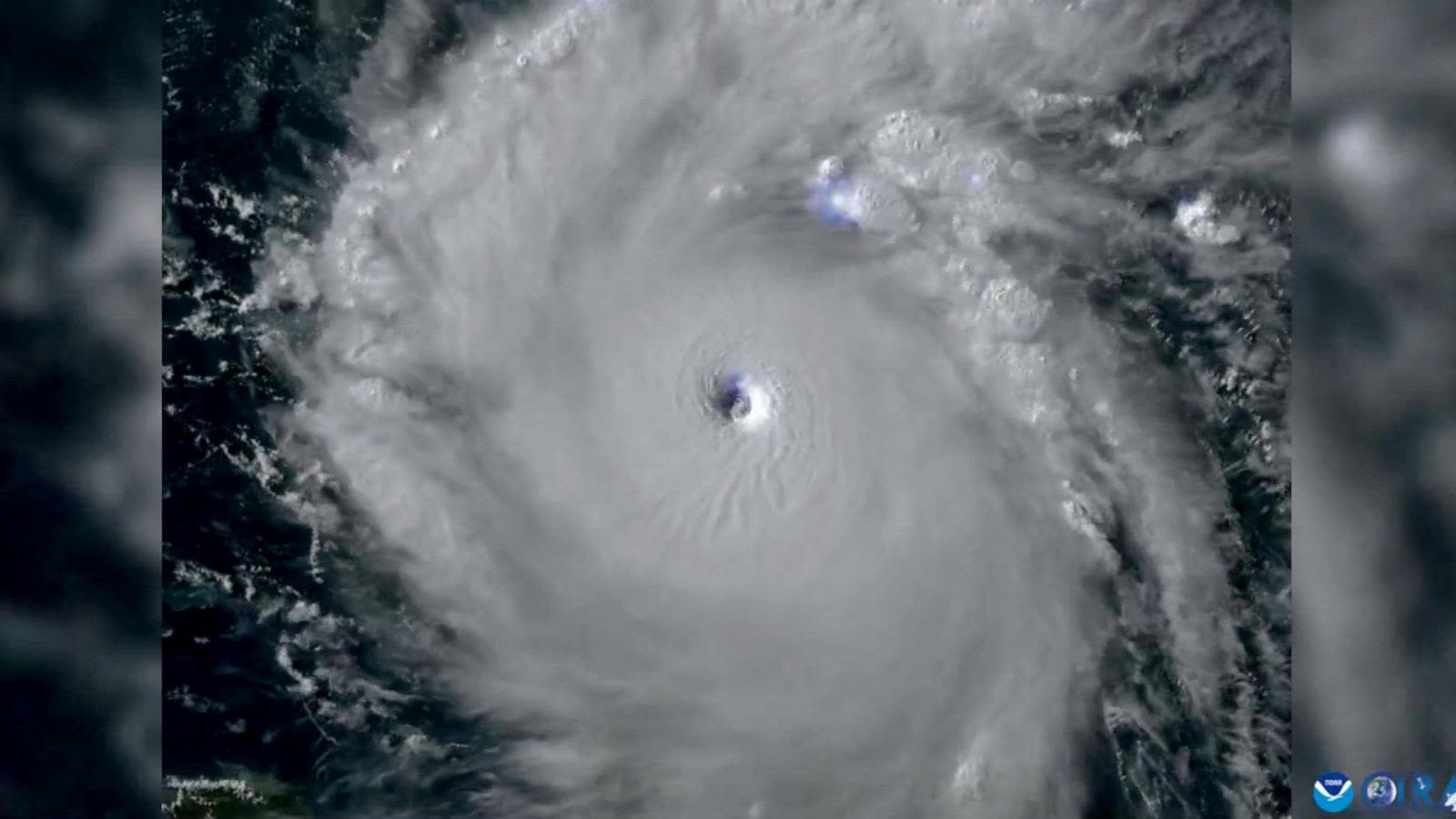Search results
News about Hurricane Beryl, Russian air base, Saffir–Simpson scale
The sea is the interconnected system of all the Earth's oceanic waters, including the Atlantic, Pacific, Indian, Southern and Arctic Oceans. However, the word "sea" can also be used for many specific, much smaller bodies of seawater, such as the North Sea or the Red Sea.
Mar 5, 2024 · Melting glaciers and ice sheets contribute to sea level rise. Rising sea levels threaten coastal ecosystems and property. River deltas and estuaries are put at risk for flooding. Coasts are more likely to suffer erosion. Seawater more often contaminates sources of fresh water.
Oct 19, 2023 · The “seven seas” has been used to describe the world’s great water bodies for a long time. But there are actually about 50 water formations that can be called a “sea,” and they are quite diverse when it comes to their size, location, and ecosystems.
The ocean is the body of salt water that covers approx. 70.8% of Earth. [8] . In English, the term ocean also refers to any of the large bodies of water into which the world ocean is conventionally divided. [9] . The following names describe five different areas of the ocean: Pacific, Atlantic, Indian, Antarctic/Southern, and Arctic.
Oct 20, 2023 · The Seven Seas include the Arctic, North Atlantic, South Atlantic, North Pacific, South Pacific, Indian, and Southern oceans. The exact origin of the phrase 'Seven Seas' is uncertain, although there are references in ancient literature that date back thousands of years.
Bioluminescence Overview. For some ocean creatures, creating light is a matter of life and death. Learn about how light is used in the ocean.
Jun 25, 2024 · The ocean is a huge body of saltwater that covers about 71 percent of Earth’s surface. The planet has one global ocean, though oceanographers and the countries of the world have traditionally divided it into five distinct regions: the Pacific, Atlantic, Indian, and Arctic oceans.
Oceans are areas of salty water that fill enormous basins on the Earth’s surface. Even though Earth has one continuous body of saltwater, scientists and geographers divide it into five...
Jun 14, 2024 · Ocean, continuous body of salt water held in enormous basins on Earth’s surface. There is one ‘world ocean,’ but researchers often separate it into the Pacific, Atlantic, Indian, Southern, and Arctic oceans. Covering nearly 71 percent of Earth’s surface, the oceans have an average depth of 3,688 metres (12,100 feet).
Find out ten amazing ocean facts right here at National Geographic Kids, like where's the deepest point in the ocean? Which ocean is the biggest?







